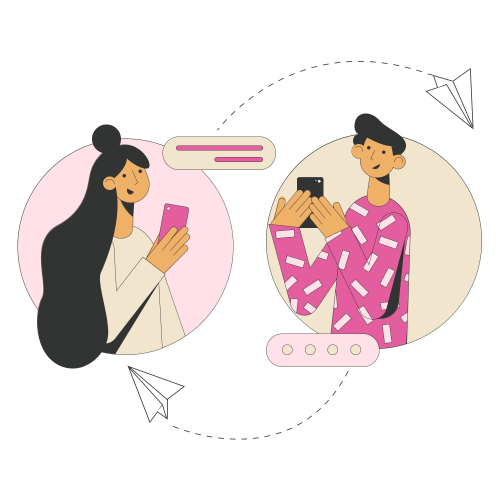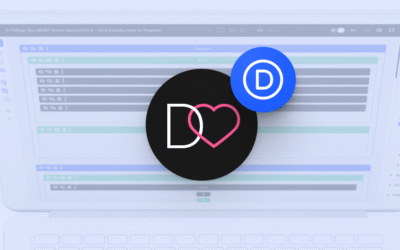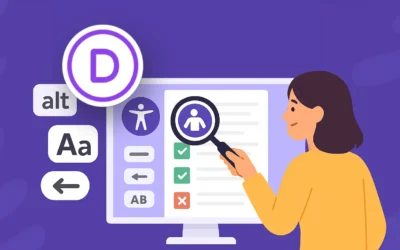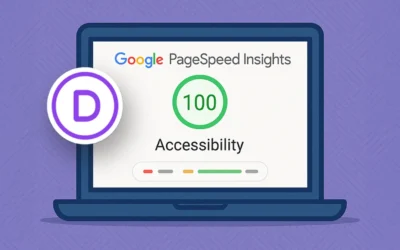Beginning a project is tough! Where to start, what to do first, it can be overwhelming at times especially when you’re working with a client or producing a piece of work for them. This post will help you to understand tips on how to efficiently gather requirements and the reasons it is important.
How and Why?
It’s vital to have an effective requirements-gathering process in place to get this right from the start. This can help to design a roadmap with clear defined goals. This will manage expectations from your client and help you plan your own time and resources.
The first step when discussing with your client is to structure your requirements gathering process. You want to be able to gather as much useful information that you can work with without being overloaded. In my opinion, creating a document that allows the client to speak freely as well as including questions that directly relate to your site is the best way to gather these requirements.
Open Vs Closed
Gather an overview from the client, let them speak in their own way in a very open-ended format at first. This could be done by asking them for an overview of their business/purpose for the site. They will provide information without prompts which can be helpful for you in tailoring your offering to the client. ‘Open’ questions let you use your skills to find opportunities to add extras to the proposal however it does have the potential to gather the information that is not as relevant; This is ok when at a low level but too much wastes vital time that can be spent working on the site.
After this start asking questions which relate to the product you will produce, perhaps the reason for the site or similar questions that change the conversation/requirements document from an open question to more specific subjects that can build a road map of features. Specific closed questions lets you build out a road map of features, the questions should be related to what you can offer so that you can plan for the specific details from the client.
In the end you will end up with an overview of your client or of the purpose the client has chosen you to work with. This is the opportunity for you to pick out the important parts of information that you can later follow up. You will then find the specific information relating to what you can offer to the client. Coupled with the information you initially identified this forms a basis for your feedback.
Feedback and Following On
The feedback is your opportunity to show your expertise and agrees to the requirements based on the information you have gathered. This discussion will align your knowledge with the client's request to reach an agreement on what will be produced. This information forms the proposal.
The proposal needs to be as clear and as detailed as you can make it, this proposition should be a document that summarises all of the above. This is agreed by the client and it is the information you require to manage the project. Ensure the client will take part in sessions to review the proposal to capture any changes in requirements. When it’s time to review the requirements follow the tips in this article to ensure you follow a similar process.
I hope this method provides insight into how you should work with a client to gather requirements. Getting this process correct from the beginning will set you up for a positive experience throughout. It will give you a clear picture of what both parties expect to see at the end of the project.

Communication is key
Communication will help requirements gathering immeasurably. It’s important to use this skill further throughout the project, working with your client with effective communication is the most efficient way of completing your project.
- Be open and honest, you’re not a robot and the client knows this so talk with them honestly, this will manage expectations and deliver a personal touch to your work.
- Talk in a language both of you understand, don’t use overly technical terms as this may confuse your client.
- Don’t be afraid to ask a question, I can assure you asking more questions and being sure about your work is way more useful than assuming or guessing what your client means!
- You’re the expert! Politely correct your client, advise if something is difficult for you to deliver in the timeframes, it’s ok to tell your client when they are wrong.
- With this, remember to be polite at all times, don’t scare your client into not wanting to speak or damaging effective communication.
- Talk and listen, an email or document can only go so far, talk to the client as you will get a lot more information and chances to discuss.
- Talk about time. Timelines, agreeing on a date for deliverables and being clear on what features will be worked on and when will help you not only plan your own time and resources but also manage the client's expectations.
Communication may sound like an obvious skill when talking to clients but it really shouldn’t be underestimated. The tips I have shared will ensure that your communication is not only effective in managing a project but also in achieving a positive experience for your client.

How do you gather requirements from a client? Do you use some of these tips already? Share with us your best ways of requirements gathering in the comments!




0 Comments